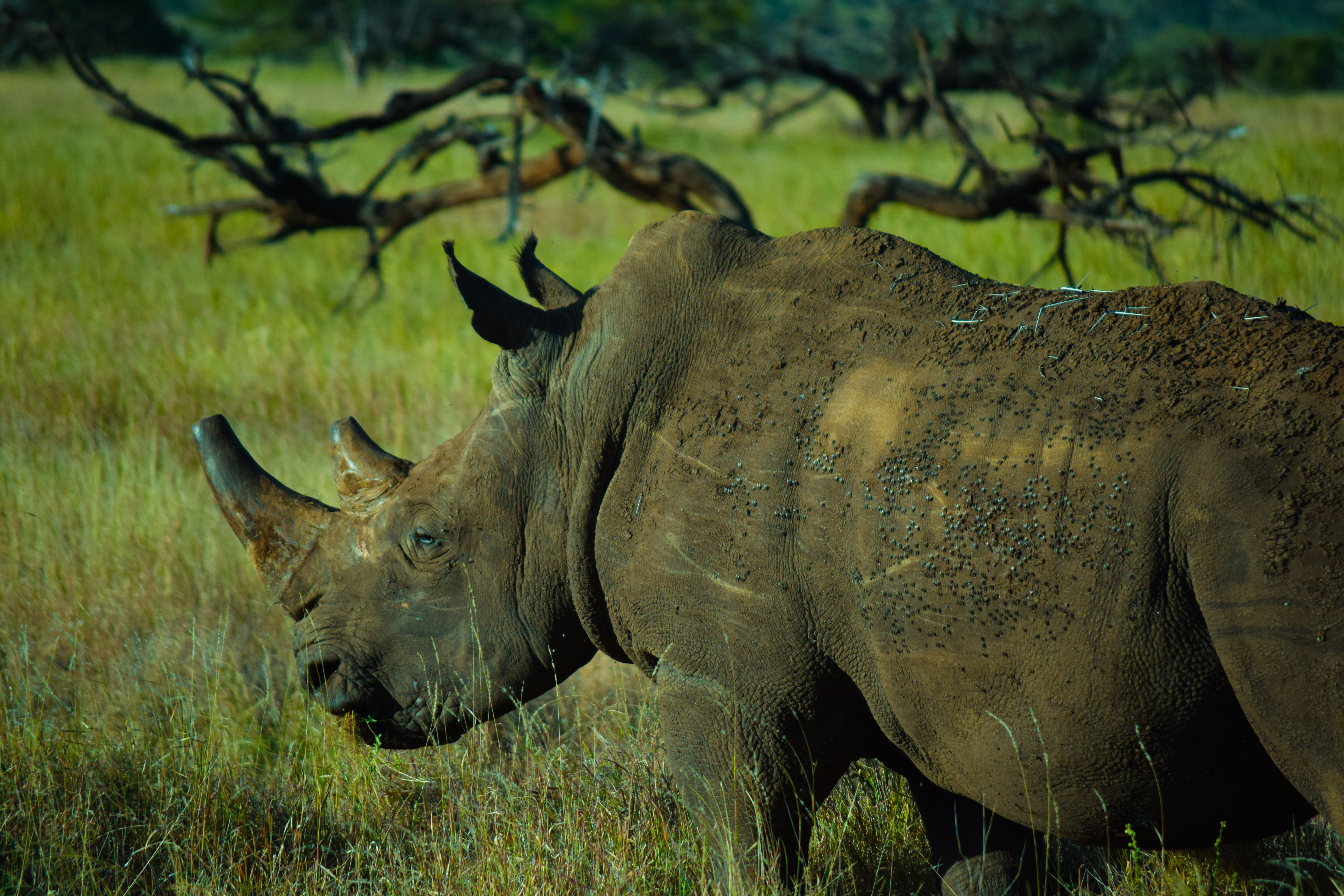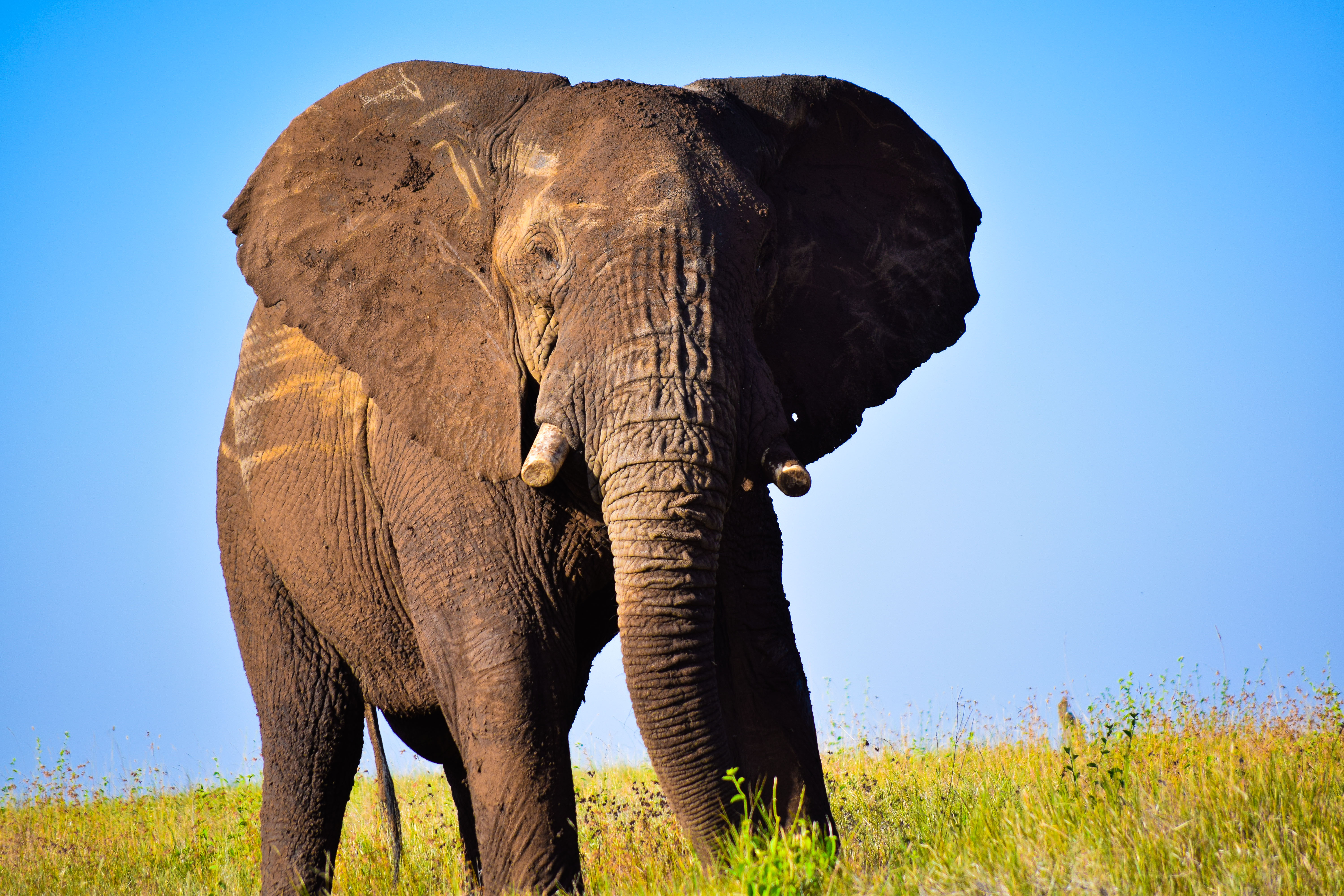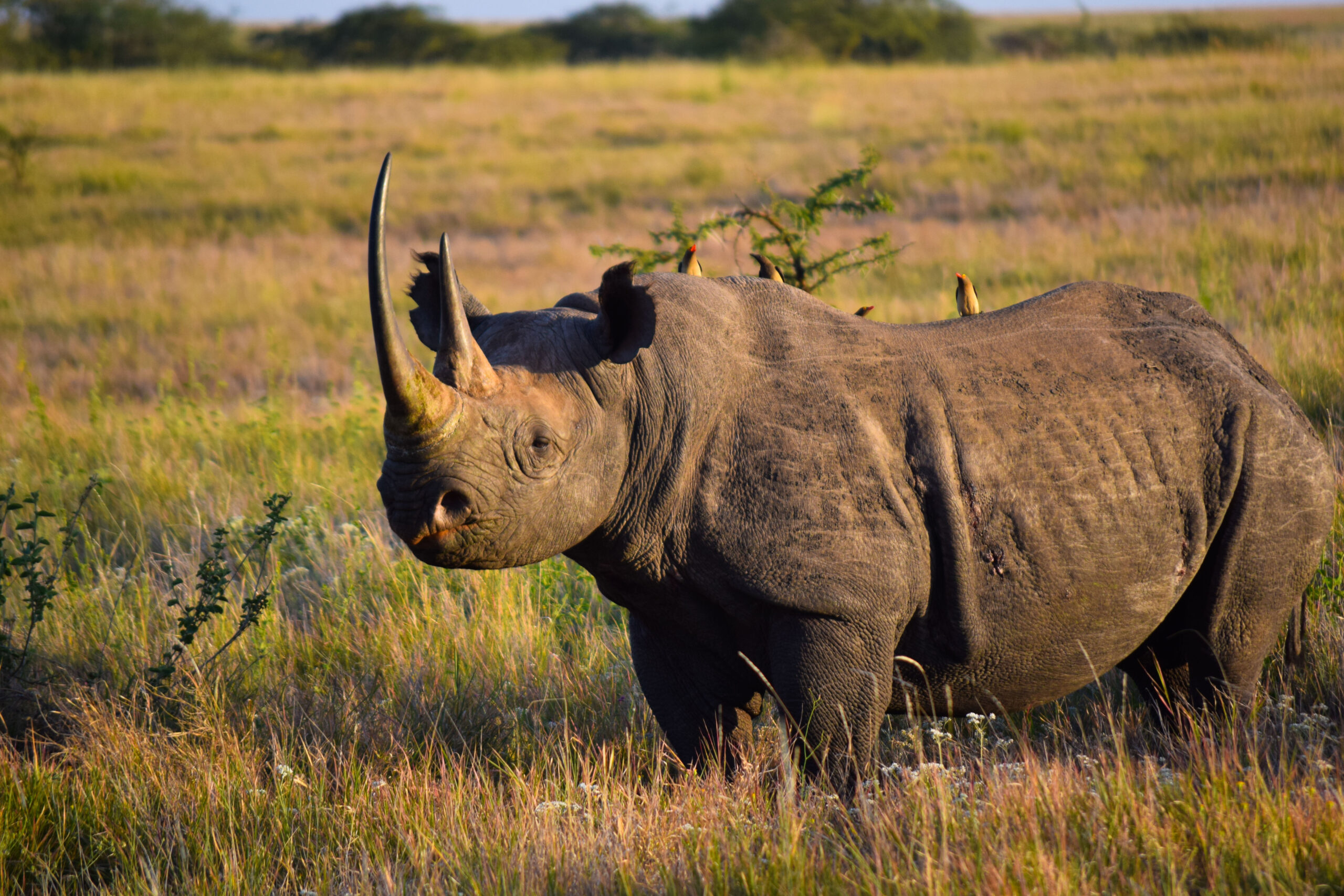The knee high dry grass glistened like burnished gold as first light stretched across the hills. The sky exploded into brilliant shades of oranges and yellows and a cold tension hung in the air. I pulled over my hood and shimmered in the anticipation of heat. It can get unbearably hot in the afternoons and dead cold in the nights here. I had set off for an early morning safari to watch the big cats’ play. We paused, as we moved, to scan the forests, peering hopefully through our binoculars.
The vehicle paused. I looked around unwary of the pause but certain that it was justified. Tom, my safari guide, must have seen, heard or smelled something. And while he tried making out the source of sound or sight, I breathed in the moments; the raw appeal of a rugged mountainous landscape, the rolling meadow like savannah grassland, with acacias playfully interspersed; culminating into basalt hills, with a stunning Mt. Kenya standing as a royal guard. Ah! With every breath I took in the charm of Laikipia: central Kenya is so different from southern. Occasionally, I would ask – “Did you see something?” and then survey around to see that myself.

Together with its neighbors like Ol Pajeta, Borana and Laisaba, Lewa Conservancy has been on the frontline of Rhino conservation.
“A rhino perhaps” once he answered. I couldn’t help feeling excited. Together with its neighbors like Ol Pajeta, Borana and Laisaba, Lewa Conservancy has been on the frontline of Rhino conservation. Lewa prides itself in ‘no poaching cases’ since Dec 2013. Indeed the entire Laikipia is perhaps the most extensive private stretch of land in Africa, dedicated to conservation of wildlife and presents a role model in rhino conservation. With 15% of rhino population of Kenya, hailing from Lewa, along with herds of elephants, hosting a quarter of world’s population of Grevy Zebra, predators abound; Lewa can be any wildlife enthusiast dream catch. The entire Laikipia region is home to half of Kenya’s rhinos and has the second highest density of elephants in the country. With poaching on rise, Lewa has established sophisticated operations to arrest poaching cases. A team of 140 security personnel, provide 24 hour surveillance, with 100 of them specifically dedicated to rhinos. Armed with anti-poaching team, tracker dogs and a brilliant radio communications between patrolling teams, the teams scour large areas for suspicious activities.

Lewa hosts a quarter of world’s population of Grevy Zebra.
Tom’s experience led us to the right place, a male black rhino was happily grazing, when we approached, grew cautious as we drew closer, signaled his discomfort, a small show of strength by lowering his head and pointing its over-grown horns at us, and then back to grazing business. We stayed there for some time, much to the annoyance of the giant and then headed our way back to catch some more action. Being a small element of this wild landscape, which is so much bigger than self, is an exhilarating experience. Tom stretched his eyes and then peered through the binoculars to ascertain himself.

Tom’s experience led us to the right place, a male black rhino was happily grazing, when we approached.
“Can you see those moving boulders there; that is a herd of elephants.” He pointed out in the direction.
Moving boulders….I liked the word. Draped in rust-red dust, feasting on sun-faded bland grass was a herd of elephants with many young ones, led by their den mother – an old, failing skinned, with one tusk, newly mothered matriarch. A bull elephant had also become a part of the herd. A good supply of food has ensured growth of the gene pool in the herd. The elephants hung around in profile, staying still so that I could take some pictures, making good silhouettes. The baby was rather curious but shy or scared and the bull a bit intrepid, with a fixed gaze on us. Tom was of the opinion of going closer to him, I rather disliked the idea, merely because I abhor the risk element in wild. We moved on.

“Can you see those moving boulders there; that is a herd of elephants.” He pointed out in the direction.
Soon we stopped by two reticulated giraffes. To me, giraffe is an extraterrestrial life forms masquerading among these earthly creatures. I asked Tom “Which among the reticulated, massai and Rothschild giraffe looks coolest to you?” With a wily smile on his face he answered “Reticulated looks more organized.” By then I had gone quite fond of his wild humour. He drove further to take me to Lewa’s VIP beast – the Grevy Zebra. Laikipia hosts a quarter of all Grevy’s found on our planet, a population of about 250. It bells an alarm in ears to hear a common beast like Zebra getting endangered. The key lies in their behavior, Grevy stallions leave the group and establish their territories, often leading a solitary life and waiting for a female to pass by and accept them. So unlike the common bushnel zebra, they don’t command a herd, mating with almost every female in the herd; no deadly fights for mating and no chasing away the lead stallion and taking over the commands of the group. Grevy’s wait, often for years. This not just brings down the fertility rate but also more risk to predators with the absence of multiple eyes of the herd. In Lewa, recently a pride of lion was split, with some of the members translocate to different conservancy, as the pride had developed a taste of Grevy and had started preferring it to other prey. Now you can understand, how critical Grevy is to the conservancy.


In Lewa, recently a pride of lion was split, with some of the members translocate to different conservancy, as the pride had developed a taste of Grevy and had started preferring it to other prey.
We moved ahead to come across a pooping rhino, producing perfect cylindrical shells, looking more like lead balls. You can pick one and throw on your enemy, sure it would knock him down. It was a white rhino, conspicuous from its square jawed mouth and a more docile nature. You can literally go close to these guys in wild; not to the guy infront of us. He was bully Ruby, his horns had to be trimmed, as this guy had a bad habit of getting into fights and hurting other rhinos and smaller animals with his sharp horn. Tom told me that one can tell from the turds if they had been produced by a white or a black rhino. The colour of turd differs as one feeds on grass (white rhino) and the other on twigs.
But in wild, these giants aren’t as dangerous as the next of the big five we met – the buffalo. Yes, great, ugly creatures with enormous horns on their forehead and a perpetual dangerous look in their eyes. Tom, who has a notorious habit of getting too close to animals, almost poking into their lives, was more composed this time and stayed far. This wasn’t a normal group, it was a group of bachelors expelled from the group by the alpha male. These were frustrated, sex deprived males with high levels of testosterone, making them mad and driving them to attack almost anything that comes their way. Okay! No need to get personal with these mercurial creatures.

But in wild, these giants aren’t as dangerous as the next of the big five we met – the buffalo.
By the end of the first day of safari, there were no signs of the big cats, making me beginning to feel anxious at the thought that I would have to scour this beautiful landscape of Lewa without reporting a single sighting. When I returned, the Lewa Safari Camp had arranged for guests a ‘jungle get-together’. A table was set linearly for drinks and barbeque was set for bitings. Gin and beer in a place surrounded by endless scrubby bush, a view of miles of wilderness, under a luridly coloured sky, a moon of a size of an over-inflated football with an orchestra of stars and hyena call for the background music: the idea is both absurd and wonderful. These sessions are for sharing stories, knowing what others could come across; however, the stage is usually taken over by ardent safarians who transfix people with their commentary on animals. The milky way had sagged so low that it looked in need of a pole to keep it afloat. The sky looked flooded with stars. The chill wind whispered loudly of the charms of this unpeopled land.
(Read the second part of the post here. The game drive and accommodation was organized by Lewa Safari Camp)









[…] (Read part I of this post here) […]
[…] from the ‘green capital of the sun’ as Nairobi is fondly called to the lush greens of the Lewa wildlife conservancy, Kenya’s largest private wildlife conservancy, and the canvass of this place was enough to […]